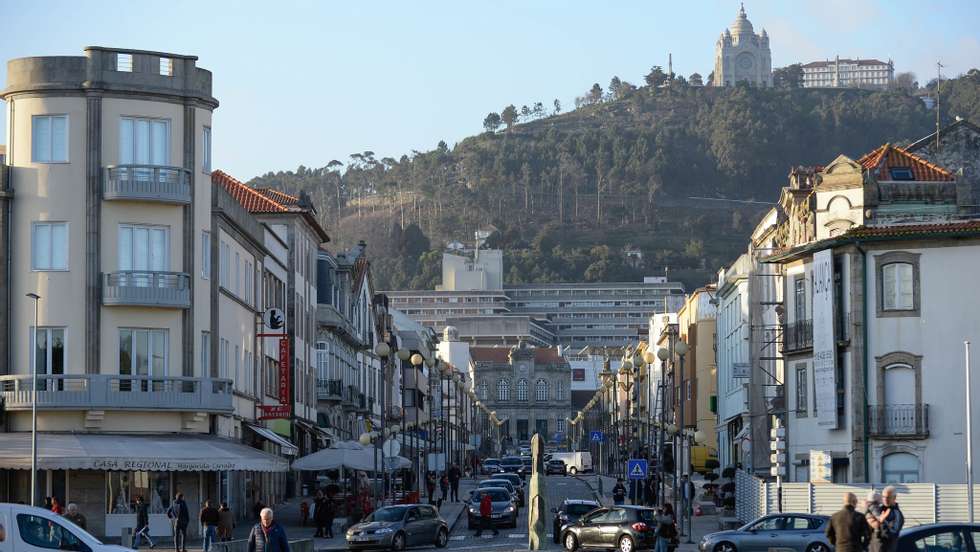The Municipal Climate Action Plan of Viana do Castelo (PMACVC), which will be in force until 2030, contains a total of 55 measures to adapt the territory to climate change, mitigate it and train the municipality for its effects.
The document, with more than 230 pagesconsulted this Monday by the Lusa agency on the official site of the Chamber of Viana do Castelo on the Internet, regarding its public presentation, on Tuesday at 7 p.m., in the main hall of the municipality, it states that the 55 measures are distributed “according to of three strategic axes”.
To adapt the territory to climate change, the plan, which was approved unanimously at a council meeting on September 3, entered public consultation that same month.
“The climate action strategy presented at the PMACVC advocates for a set of material measures (from physical interventions) and immaterial (development of studies, social actions, development of policies, etc.),” the document states.
The “PMACVC measures are organized into different priority areas of actionwith specific areas of activity, such as forests, water resources, nature conservation, coastlines, green infrastructures, buildings, industries and services, mobility, energy, human health and municipal management.”
The measurements were scheduled according to their implementation priority (high, medium, low) or urgencyand estimated duration (short, medium, long), considering the duration of the PMACVC from 2024 to 2030.
High-priority measures should begin in the first year, medium-priority measures should begin between the third and fourth years, and low-priority measures should take place in the fifth year.
The estimated duration of implementation considers a short period of two years as a short period, a medium duration as a period of three years, and a long period as a period of six years.
The review of the plan, which must be carried out from 2030, will include updating the database and information on extreme weather events, as well as the analysis of the municipality’s adaptation and response capacity.
The “revision of the plan will benefit from the knowledge of the difficulties in the implementation of the plan, the adaptive response of the municipality and the evaluation of the results of the implementation of the plan, allowing the establishment of new goals and priorities for intervention.”
For the execution of the plan. are planned Applications for various national and European financial instruments.highlighting the importance of “the municipality being aware that programs intended for public actions may not cover 100% of the costs of the measures or even contribute retroactively to municipal expenses.”
“For example, the Environmental Fund, in some areas of activity, claims that it covers 75% of the investments, retroactively, in the implementation of some projects. Therefore, it is necessary to have a provision in the municipal budget for funds for climate action,” the document highlights.
Last March, the Viana do Castelo City Council announced the installation of the Municipal Council for the Environment and Climate Action (CMAACVC).
It is “a body of reflection and consultation, made up of 29 entities of the municipality, which establishes a permanent structure for debate and participation and promotes a coherent response in the areas of the environment, the conservation of nature and biodiversity, the planning of the territory, the management of water resources, waste policy.”
Viana do Castelo was one of the 27 municipalities that participated in the ClimAdaPT.Local initiative, having presented its Municipal Strategy for Adaptation to Climate Change (EMAACVC) in 2016.
The EMAACVC “focused on determining territorial risks and vulnerabilities, as well as the municipal response capacity to climate change.”
According to the EMAACVC, “the main climate changes projected for the municipality are the decrease in average annual precipitation, the increase in average annual temperature, the rise in sea level and the increase in extreme precipitation phenomena.”
Source: Observadora
